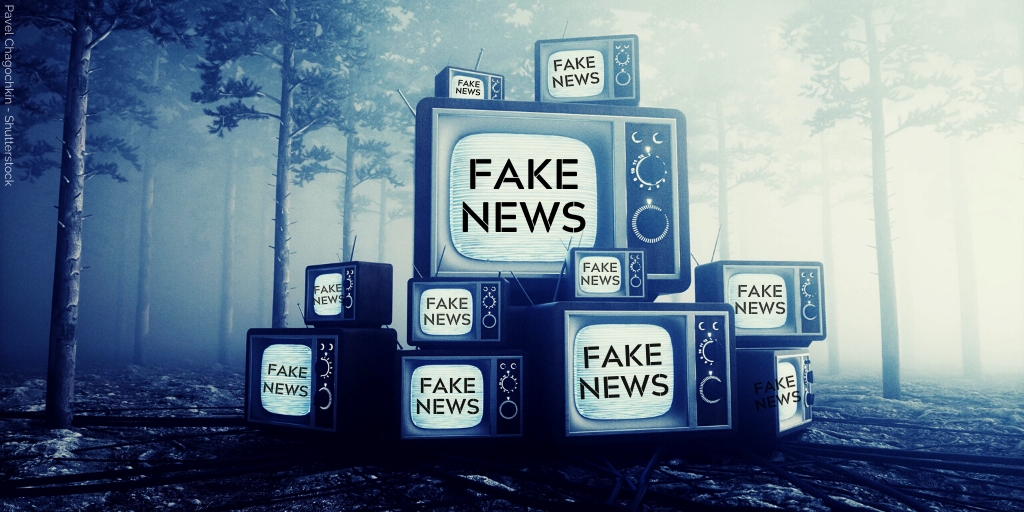With multiple elections coming up, the pro-Kremlin media is definitely not at ease.
More of Novichok
 In the following example, this passion is put to work to completely tear apart the thorough investigation on the Skripal’s case and to ridicule the attack on the Russian opposition figure Alexei Navalny:
In the following example, this passion is put to work to completely tear apart the thorough investigation on the Skripal’s case and to ridicule the attack on the Russian opposition figure Alexei Navalny:
The parallels between the German Novichok Navalny case and the British Novichok Skripal case are obvious: both are fake. […]The EUvsDisinformation database has more than 227 narratives about the Skripal poisoning and this quote from RT fits that bunch nicely. As for Navalny, the use of a chemical nerve agent was established by a specialist Bundeswehr laboratory. Combining these two events tries to convey the disinformation about Skripals to the case of Navalny:
The Russian government was declared guilty; not on the basis of circumstantial evidence, but with the help of the twisted motto “Who else but Putin could it have been?”The “there is no evidence” claim is used in every possible situation. It is well-matched with some tastefully placed ridicule, making it look like a slogan that is easy to understand, remember, and use:
And because that worked so well in the Skripal case, the transatlantic US vassals in the German government in Berlin are trying to pull the Navalny rabbit out of the Novichok hat with the same British Skripal magic trick, because the German population must be put in position against the evil Russians. […]
 Ultimately it’s not important how many tricks or disinformation narratives are used in the RT article. We have more than 150 disinformation cases about Navalny alone and our entire database has 10,000 examples of pro-Kremlin disinformation. It is important to remember that the common nominator for all of this is the modus operandi of the pro-Kremlin disinformation actors: use multiple versions of an event to confound citizens about the truth.
We have seen this put in use in the cases of the MH17 downing, the illegal annexation of Crimea, and chemical attacks in Syria, to name a few. But who or what will be next? We’ll see it next week…
Ultimately it’s not important how many tricks or disinformation narratives are used in the RT article. We have more than 150 disinformation cases about Navalny alone and our entire database has 10,000 examples of pro-Kremlin disinformation. It is important to remember that the common nominator for all of this is the modus operandi of the pro-Kremlin disinformation actors: use multiple versions of an event to confound citizens about the truth.
We have seen this put in use in the cases of the MH17 downing, the illegal annexation of Crimea, and chemical attacks in Syria, to name a few. But who or what will be next? We’ll see it next week…
 See all Disinfo Reviews
See all Disinfo Reviews
Read also:
- This week’s Russian propaganda: Ukraine to smuggle Russian vaccine via EU
- Russian disinformation activities accompanying the MH17 trial
- Pro-Kremlin disinformation is often able to influence people’s opinions, research shows
- Repetition and runaway selection: pro-Kremlin disinformation this week
- Russia’s English-language disinformation outlets disregard developments in Belarus
- Pro-Kremlin disinformation about the protests in Belarus: freedom as an imperialist scheme
- Pro-Russian disinformation operations in Kherson: a new-old challenge for Ukraine’s national security





